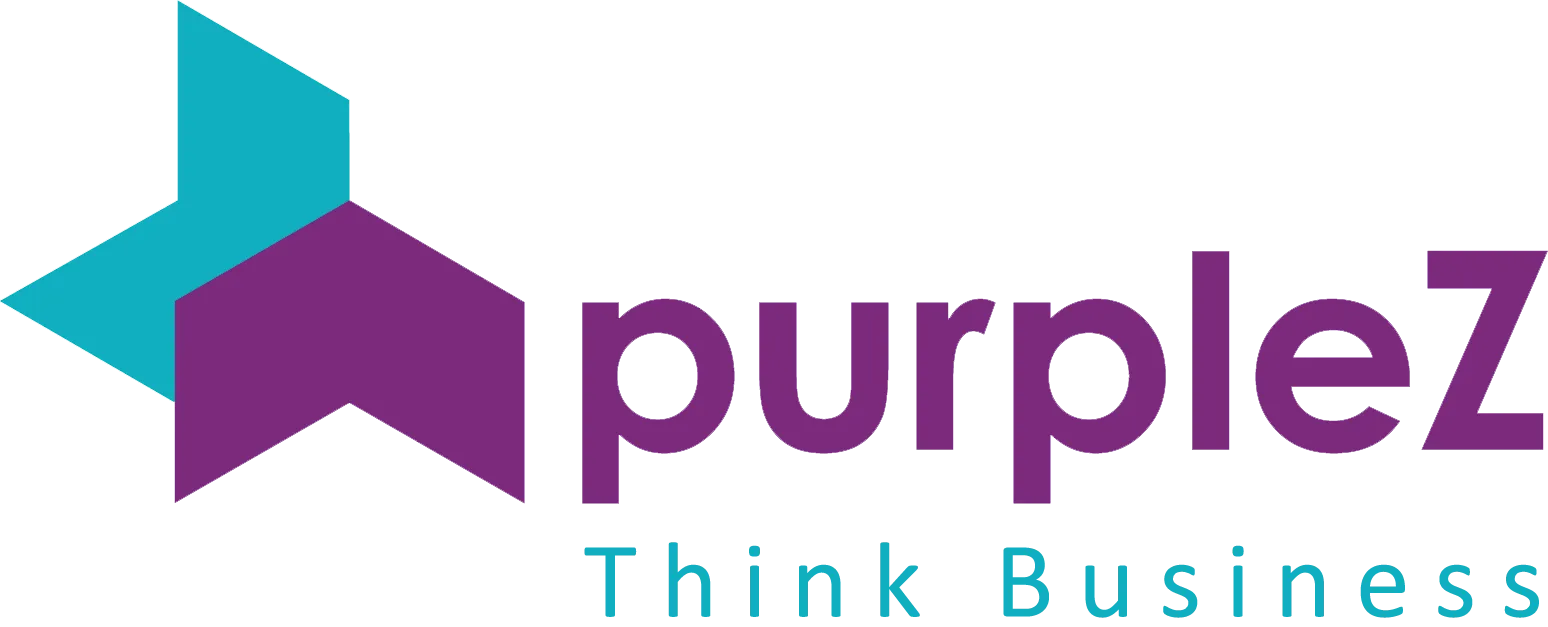SEO is crucial for financial services companies and firms looking to increase their visibility and attract more customers online. With the rise of digital banking and research, most people turn to search engines like Google when researching financial services and providers.
For financial firms, some of the most searched terms include:
- Mortgage rates
- Investments
- Credit cards
- Loans
- Financial advisors
- Insurance
Gaining visibility for these high-traffic keywords presents a major growth opportunity. However, the finance industry faces unique SEO challenges. Heavy competition, complex regulations, and the need to build trust make SEO particularly important yet tricky for banks, insurance providers, and investment firms.
This definitive guide covers proven SEO strategies tailored for financial services companies. By optimizing your website architecture, content, technical factors, and more, your brand can earn authority and rankings for valuable searches. The tactics covered in this article by PurpleZ will help you overcome industry-specific challenges to make your website a magnet for qualified leads.
Optimizing the Site Design
A well-structured website architecture is crucial for search engines to index and crawl your important pages easily. Here are some tips for SEO for financial services sites:

Home Page Structure
- Focus the home page messaging and calls-to-action on your most important services and offerings. Avoid too much generic branding content.
- Ensure the home page content directly relates to the services and location pages it links to, using consistent keywords and messaging.
- Limit home page links to your core navigation, services, contact, and location pages. Avoid excessive or hidden links that divert search bots.
Services and Location Pages
- Create dedicated pages for each major service category and location. These should have long-form content focusing on relevant keywords.
- Structure URL slugs and page titles around target keywords for each service and location.
- Crosslink related services and location pages together using anchor text keywords where relevant.
Navigation Menus
- Keep primary navigation menus simple, linking to core services, company info, locations, and contact pages.
- Use descriptive menu labels optimized for keywords you want to be associated with each section.
- Ensure all important pages are accessible through logical navigation flows. Refrain from overly relying on on-site searches or hidden menus.
Page Speed
- Optimize images, scripts, and files for fast loading—leverage browser caching, compression, and CDNs.
- Minify HTML, CSS, and JavaScript files. Eliminate render-blocking scripts.
- Enable gzip compression on the server. Set up browser caching for static assets.
- Test page speed regularly and optimize to improve site performance, engagement, and SEO.
An optimized architecture allows users and search engines to navigate and digest your most important content easily.
Conducting Keyword Research
Keyword research is a crucial part of any SEO strategy. Identifying the right keyword targets for financial services companies can help drive qualified organic traffic to the website.
When conducting keyword research, it’s important to focus on both short-tail and long-tail variants. Short-tail keywords like “investing” and “loans” will likely have high search volume and competition. Long tail versions like “retirement planning services” and “small business line of credit requirements” will have lower search volume but will deliver more targeted visitors.
Some of the top tools for keyword research consist of the following:
Google Keyword Planner
Provides monthly searches, competition data, and suggested ideas for paid and organic keywords—part of the Google Ads platform.
SEMrush
Features robust keyword research options, including search volume, CPC data suggested keywords, and tracking keyword ranking positions over time.
Moz Keyword Explorer
Helps find long-tail keyword opportunities with metrics like search volume and competition. Useful for SEO research.
Ubersuggest
is a free keyword research tool that generates keyword ideas based on seed keywords. Provides search volume data.
When researching keywords, it’s best to go after options with sufficient search volume but avoid extremely competitive terms. Look for long-tail versions of popular keywords that align closely with your offerings. Leverage keyword research tools to identify opportunities where ranking could be feasible based on competitiveness.
Targeting the right keywords helps attract prospective customers early in the buyer’s journey. For financial companies, optimized content that ranks for critical customer queries can position your brand as an authority.
Creating Search-Friendly Content
Creating content optimized for search engines requires focusing on search intent and natural language. The goal is to provide an excellent user experience while incorporating relevant keywords.

When writing content, focus on creating useful, informative copy rather than keyword stuffing. Keywords should flow naturally within the text. Conduct keyword research to determine your audience’s terms and phrases when searching for your services. Identify 1-2 primary keywords per page.
Meta Tags
Meta descriptions summarize page content and appear in search results. Craft compelling descriptions 155-160 characters long using target keywords. Page titles concisely convey the topic and should contain a primary keyword. They are displayed in search results and browser tabs.
Semantic HTML
Use HTML tags to add semantic structure. The <h1>-<h6> heading tags indicate important topics and help search bots understand the content. <strong> and <em> tags emphasize and italicize text. The <blockquote> element can highlight key quotes.
Formatting
Break content into scannable sections with descriptive headers (h2, h3). Use bulleted lists for quick scans—link to related internal content to develop topical authority. Images and videos should have informative file names and alt text with target keywords.
Optimizing content for users and search engines establishes expertise on topics and provides a seamless experience. Focusing on intent and natural language ensures content stands out in search and provides value.
Optimizing Blog Content
A blog is a powerful tool as a part of SEO for financial services to establish their expertise, engage visitors, and improve search visibility. However, more than simply having a blog is required. You need to optimize your blog content for SEO. Here are some key tips:
Choose SEO-Friendly Topics
- Research keyword demand using tools like Google Keyword Planner to identify topics people are searching for related to your services. Avoid overused, generic terms.
- Consider long-tail keywords that are more detailed and have less competition. For example, “401k investment strategies” rather than “investing.”
- Focus on topics your target customers care about and their questions, like “how to choose the right financial advisor.”
- Look for synonym keyword variations and scattered demand for a core topic.
- Make sure topics are relevant to your business offerings and expertise.
Promote and Distribute Blog Content
- Provide social sharing buttons on all posts to encourage visitors to share your content.
- Promote new posts on social media channels and email newsletters.
- Repurpose blog posts into other formats like videos and infographics.
- Guest posts on industry websites and links back to your blog content.
- Distribute posts to RSS feeds and aggregators to expand reach.
Make Content Scannable
- Break content into short paragraphs and use subheadings.
- Bold key phrases and insert relevant images/graphics.
- Make use of bullet points + numbered lists for easy scanning.
- Ask and answer questions in the post to engage readers.
- Include a clear conclusion paragraph summarizing key information.
Optimizing your blog content will help establish your brand as an authority, engage visitors, and boost SEO rankings over time. Choose compelling topics, promote your posts, and format content for users and search bots.
Local SEO Tactics
Local SEO for financial service is an important factor with physical office locations. There are several effective local SEO tactics to improve visibility and attract nearby customers searching online:

Optimize Google My Business and Other Directories
- Create a complete Google My Business listing with your address, phone number, website, photos, services, and other details. This helps you show up for searches related to your business name, location, and services.
- Make sure to verify your listing to confirm you are the official owner. This gives your listing priority in local search results.
- List your business on other key directories like Yelp, Yellowpages, Bing Places, Apple Maps, and industry-specific directories. Fill out all profile fields.
Get Positive Local Reviews
- Inspire satisfied consumers to leave positive feedback on Google, Facebook, and third-party sites. This builds social proof and trust for potential customers.
- Respond professionally to any negative reviews and seek to resolve the underlying issues. This shows customers you care.
- Share positive review excerpts on your website and in marketing materials. However, don’t just cherry-pick perfect reviews, as that appears disingenuous.
Sponsor Local Events and Organizations
- Sponsoring local events like charity fundraisers or Little League teams shows community engagement.
- See if you can get event signage and mentions to increase local awareness. Participate in person when possible.
- Support organizations like the Chamber of Commerce. Network to build connections and get advice on boosting local visibility.
Target Local Keywords
- Research keywords and questions specific to your location, like “financial advisor Santa Monica” or “Mortgage lenders Park Slope.”
- Optimize your website content around localized keywords, focusing on providing useful information to visitors searching for those terms.
- Run location-specific PPC and social media ads targeting these keywords when relevant.
- List your city and state prominently on your site to rank better for local searches.
Leveraging Social Media
Social media platforms provide a powerful channel for financial services brands to expand their reach, build engagement with current and potential customers, and monitor their reputation. Utilizing social networks strategically can support an integrated digital marketing strategy.

Promoting Content on Social Platforms
- Share blog posts, videos, infographics, and other content across platforms like Facebook, Twitter, LinkedIn, and Instagram. Use links back to your website to drive traffic.
- Write custom captions and introductions for shared content instead of just using the title. Highlight key information.
- Use relevant hashtags and mentions to expand reach. Identify influencers in your industry to connect with.
- Run promoted posts and social media ads to get content in front of targeted audiences beyond just your existing followers. Consider boosting engagement on high-quality posts.
Integrating Social Sharing Buttons
- Include share buttons for major social platforms on all important pages like blog posts, product/service pages, and the home page.
- Place buttons in easy-to-see locations, like next to the title or at the top/bottom of the content.
- Use social follow/share widgets in website sidebars and footers. Display icons with your social media handles.
- Encourage social shares during the lead conversion process and in follow-up emails.
Managing Online Reputation and Reviews
- Monitor mentions, hashtags, and reviews of your brand across social networks. Set up alerts and respond promptly.
- Address negative reviews constructively. Apologize for any mistakes and offer solutions. Follow up privately if needed.
- Encourage satisfied customers to include positive reviews on sites like Google, Facebook, and Yelp. Share review links on social media.
- Maintain consistent brand messaging and customer service across social platforms. Align with other marketing content.
- Consider promoting participation in industry conversations and using employee advocacy tactics.
Measuring and Monitoring SEO
Once you have implemented your SEO strategy, it is crucial to continually measure and monitor your efforts to understand what’s working and what can be improved. Here are some best practices of SEO for financial services companies:

Track Key Metrics
Rankings
Monitor your most important keywords across core services and locations to see where you rank on search engines like Google. Use rank-tracking software to automate this process.
Traffic
Analyze how much of your website traffic comes from organic search. Break this down further by keyword and landing page.
Conversions
Connect your SEO efforts to business results by tracking phone calls, contact form submissions, appointments booked, accounts opened, etc, from organic search.
Click-through-rate
Calculate your CTR from search engine results pages. Aim for CTRs above the industry average.
Compare with Competitors
Regularly enter your high-priority keywords into Google and note which competing financial services companies appear above you. Identify their SEO strengths that are working better than your website.
Set Realistic Goals
Create specific SEO goals around rankings, traffic, and conversions. Make your targets achievable within 6-12 months. Re-evaluate and set new goals.
Conduct SEO Audits
Audit your website’s on-page optimization, link profile, site speed, mobile optimization, and content every quarter. Identify opportunities and create an action plan for improvement.
With consistent measurement and auditing, you can determine the ROI of your SEO activities and continuously refine your approach to gain more traffic, leads, and sales.
Frequently Asked Questions
What Is SEO for Financial Services?
SEO for Financial Services refers to the process of optimizing a financial institution’s online presence to increase visibility in search engine results pages (SERPs). This involves using targeted keywords, creating quality content, and improving website structure to attract more potential clients.
Why Is SEO Important for Financial Service Providers?
SEO is crucial for financial service providers because it helps them stand out in a highly competitive market. By improving their search engine ranking, they can attract more qualified leads, enhance their brand credibility, and ultimately increase their revenue.
What Are the Key Components of an Effective SEO Strategy for Financial Services?
An effective SEO strategy for financial services includes keyword research to find what potential clients are searching for, on-page optimization (like meta tags and content), off-page optimization (such as backlinks), and technical SEO to ensure the website is search-engine friendly.
How Does Local SEO Differ from General SEO in the Context of Financial Services?
Local SEO focuses on optimizing a financial service provider’s presence for local searches, such as “financial advisors near me” or “mortgages in [City].” It involves claiming and optimizing local listings, like Google My Business, and targeting local keywords, which is crucial for businesses serving specific geographic areas.
In Conclusion
To see lasting SEO success, financial services companies must dedicate time and resources to maintaining consistency with their efforts.
Following search engine best practices is important as their algorithms evolve. Google is constantly refining its search algorithms, so SEO strategies must adapt as those changes roll out. Staying current on updates helps avoid getting penalized for tactics no longer effective or aligned with Google’s goals.
Continually producing fresh, relevant content over time is key for SEO success. Search engines prefer websites that regularly add new pages and blog posts on topics their audience finds valuable. The more quality content a site offers, the more opportunities to rank for related keywords.
In addition to creating new content, financial services companies should audit and refresh their existing content, too. Review pages and posts 6 months old and update any outdated information, broken links, or opportunities to expand the content.
It’s also essential to stay current on SEO news, trends, and best practices. Set aside monthly time to read industry newsletters, blogs, forums, and reports to learn about the latest developments. Attend conferences, webinars, or classes as well to gain valuable insights. Knowledge accumulates over time, so make SEO education an ongoing habit.
With a consistent, long-term approach to SEO that adapts alongside continual education, financial services companies can build lasting visibility and authority in search engines. The work put in today will compound over months and years to come. Additionally, if you’re looking for the best SEO services for financial companies, then you’re in the right place. Contact PurpleZ marketing agency to get a free consultation from our marketing experts today.


